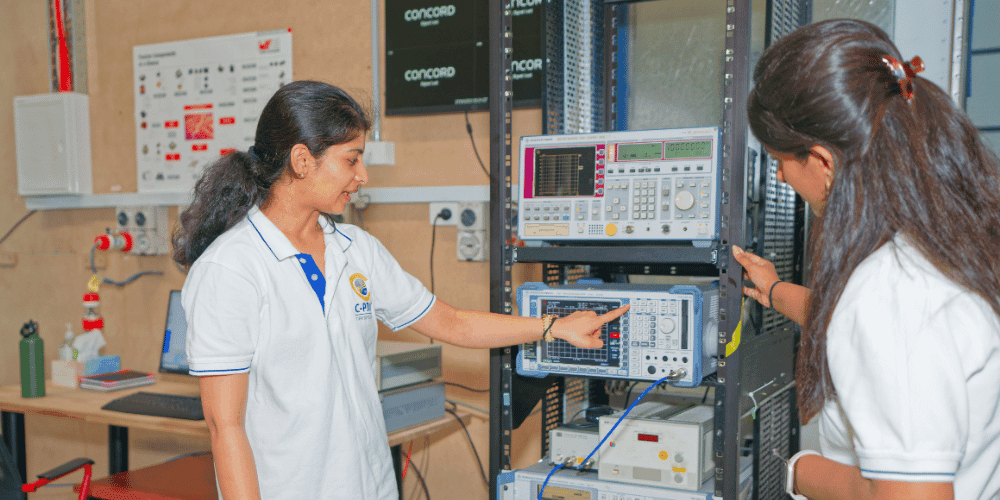
EMC stands for Electromagnetic Compatibility. It refers to the ability of electronic devices and systems to operate properly and coexist without causing or experiencing interference in the presence of electromagnetic disturbances. EMC is an essential consideration in the design, testing, and operation of various electronic products to ensure their functionality, reliability, and safety.
Electromagnetic disturbances can be generated by various sources, including radio waves, power lines, electronic devices, and other electromagnetic fields. These disturbances can affect the performance of electronic systems, leading to malfunctions, data corruption, or even complete system failures. Conversely, electronic devices can also emit electromagnetic radiation, potentially interfering with other nearby devices or systems.
EMC aims to address these issues by minimizing the generation, propagation, and susceptibility to electromagnetic interference (EMI). It involves employing techniques such as shielding, filtering, grounding, and proper circuit layout to reduce electromagnetic emissions and enhance the immunity of electronic systems.
EMC testing is necessary for several reasons:
Interference Prevention: EMC testing helps identify and address potential sources of electromagnetic interference (EMI) within a device or system, reducing the risk of malfunctions, data corruption, and safety hazards.
Product Reliability and Performance: By conducting EMC testing, manufacturers can detect and rectify issues related to electromagnetic compatibility, enhancing the reliability and performance of their devices.
Customer Satisfaction and Brand Reputation: Reliable and interference-free operation of electronic devices leads to greater customer satisfaction, positive reviews, and a strong brand reputation.


With over 30 years of experience, we specialize in EMC Standards, Testing, and Certification. We guide you through EMC Testing, solutions, and mitigation of EMC problems. Our expertise covers product design, development, evaluation testing, and final compliance testing.
In-house training for your engineering, design, and manufacturing team. We act as your extended compliance team, assisting with all compliance and certification needs. For test labs, we provide EMC queries handling, standards interpretation, testing optimization, and consulting
Well-designed products considering EMC from the start save time and money. Risks of product delays are often overlooked, but we’ve learned valuable lessons from experience.
Comparing lab costs to overall certification consultancy costs is unfair. We offer comprehensive testing support, including product configuration, test plan preparation, optimization, reduction, and basic mitigation. We provide complete assistance and supervision during the testing process, preparing documentation and obtaining required certifications
Experience is key to swiftly obtaining a compliance report from the EMC lab. Handing over the product to the lab alone underestimates the complexity of EMC testing. Our agents’ expertise in EMC testing is vital for successful outcomes
Once your product is set up on the EMC test bench, time is of the essence. Failure to meet EMC requirements can result in exponentially increased costs. Our experience in handling EMC testing helps expedite the process and obtain compliance reports promptly.
CISPR 32:2015+A1:2019 applies to multimedia equipment (MME) as defined in 3.1.24 and having a rated r.m.s. AC or DC supply voltage not exceeding 600 V. This publication covers two classes of MME (Class A and Class B).
CISPR 14-1:2020 specifies the requirements that apply to the emission of radio-frequency disturbances in the frequency range 9 kHz to 400 GHz from appliances, electric tools and similar apparatus as defined below, whether powered by AC or DC (including a battery).
CISPR 11:2024 applies to industrial, scientific and medical electrical equipment operating in the frequency range 0 Hz to 400 GHz and to domestic and similar appliances designed to generate and/or use locally radio-frequency energy. This document covers emission requirements related to radio-frequency (RF) disturbances in the frequency range of 9 kHz to 400 GHz.